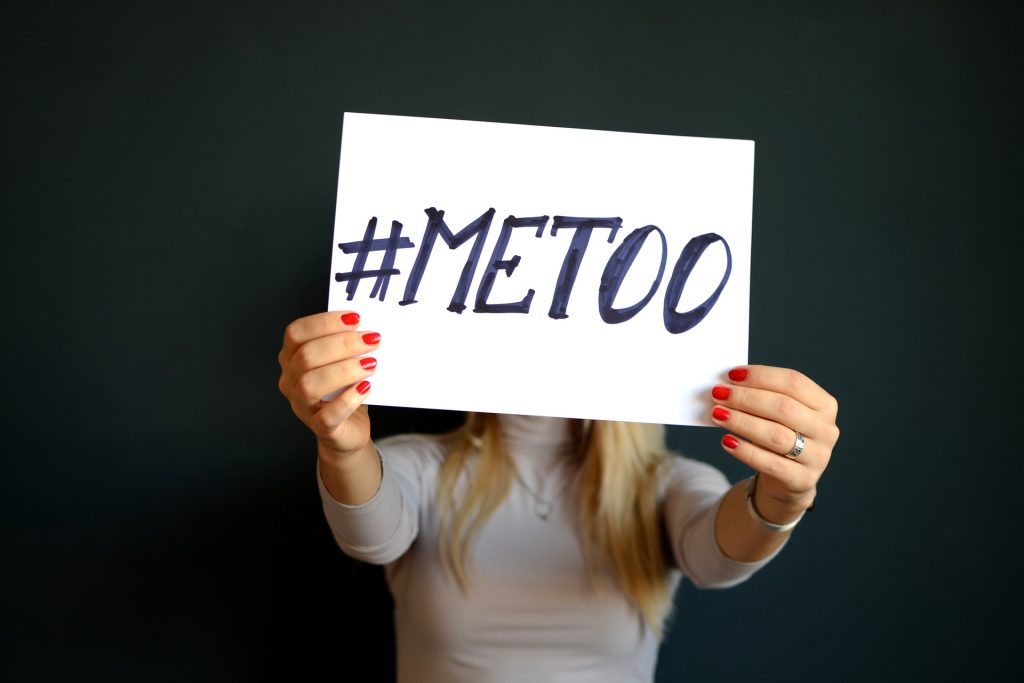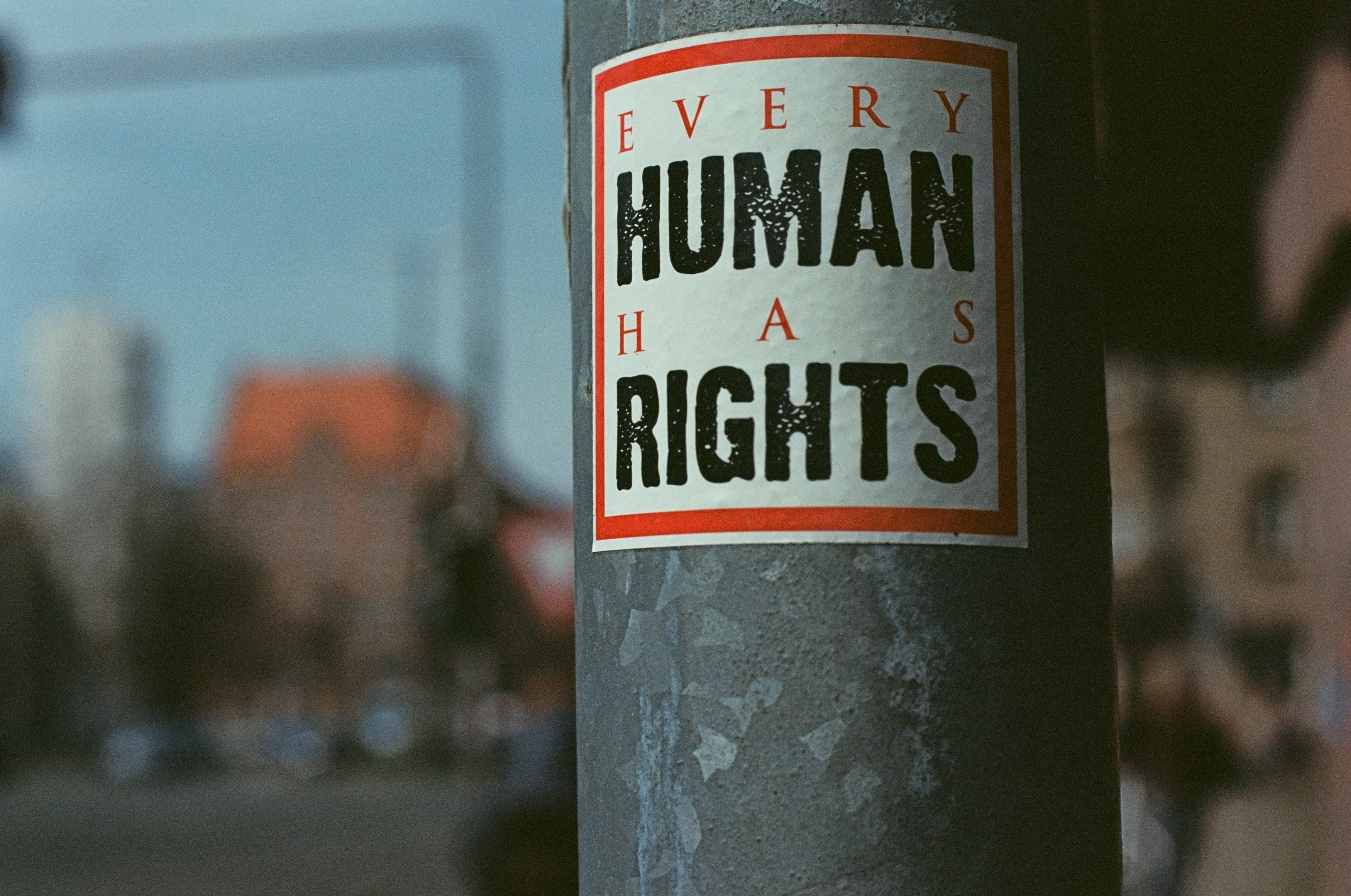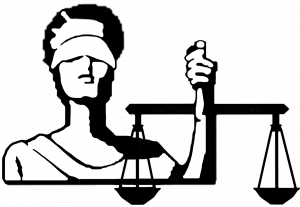
We frequently hear about accusations and allegations of sexual abuse and harassment by men belonging to different professional backgrounds and contexts. As the news of an allegation begins to surface, we as audiences get caught in a dilemma: whether to believe or disbelieve the survivors because in most cases, allegations of sexual harassment are based on private behaviour or action whose evidence is not publicly available.
Based on the patriarchal mindsets still prevalent in Nepal, most of us assume that women are more vulnerable to abuse and harassment compared to men. However, the issues, causes, intentions, and reasons associated with sexual harassment are much more complex, peculiar, contextual, and particular than the narratives of allegations and accusations we find in sensational news or social media content.
Hence, it is important to correct our perception and understanding of such cases.
Valuing variations
Here, it is important to realise that sexual abuses and harassments include a spectrum of actions, reactions, words, habits and behaviours. It can be from serious incidents of sexual assault, including rape, to sexually suggestive inappropriate gestures, manners, comments and communication about appearance, clothing, or body parts.

Besides, depending on the individual intention, personal evaluation, context, or consequence, a particular expression or action may appear to be sexual harassment to some people. However, to others, it may appear acceptable, comfortable, and causal.
Some people, for example, are fine with suggestive double-meaning jokes and casual touches with some people, but not everyone.
Similarly, as individuals, we have different levels of comfort zones and varying degrees of behavioural acceptance with different people depending on our similarity of age group, nature of relationships, upbringings, social values, personal ethical standards, personality types, mutual understanding, and social background. Hence, what is acceptable to and with one person may not be acceptable to and with another.
Moreover, we need to also restrain ourselves from quickly framing someone as an abuser simply based on instances of accusation because one-sided allegations, misinformed perceptions, and false reporting are also common in the issues related to sexual harassment.
It is necessary to become gender-impartial and take each case on its own merits, analysing the investigation, evidence, counterarguments, and circumstances before reaching the final verdict on this matter.
Understanding the new reality of the professional context
With the allegations of sexual harassment emerging as a part of the #MeToo movement, we have seen directors, professors, actors, sports coaches, politicians, editors, aviation operators, and business executives all come under some sort of scrutiny and criticism for their inappropriate actions towards their female colleagues.
Even among the diversity of charges, there is a common thread that runs through most of these cases. These men and women were either working together or had worked together on a common task, assignment, organisation, or project.

Here, we should not forget that the concept of men and women working together is a recent phenomenon, especially in our South Asian socio-cultural context, including Nepal.
In our society, gender roles have also been mostly rigid. Indeed, even for the generation just prior to us, work or public life belonged to the domain of men and domestic or family life was separated and segmented for women.
Apart from other competencies and skills as biological creatures, we also carry impulses of attraction, lust, and pleasure into our workplace. There is a high chance that the incidents of sexual harassment mostly germinate from this source.
Sexual desires are such a powerful impulse that even a strong wall of moral values and social norms crumbles and bursts before them. Besides, in workplaces, sexual predators, sex addicts, psychopaths, and perverts are hidden under nice suits and attire, seeking out weak, vulnerable, and soft targets to gratify their sensual needs. Likewise, both genders have used sex as a means to gain unfair advantages and undue preferences in different professional settings.
Since it is impossible to create a set of rules and regulations that covers all the aspects of human intention and behaviour, only time can decide when a sexual invitation, casual flirt, lousy touch, sleazy appreciation, or consensual sexual encounter returns as abuse or harassment down the line and slander the individual. Indeed, the allegations of sexual harassment have exposed the previously unthought-of consequences of men and women working together.
The need to get out of the patriarchial mindset

As compared to men in the Nepali context, professional women not only encounter different impressions of sexual harassment, from subtle to gross, from their colleagues, customers, and seniors, but they also feel some kind of pressure as professionals to accept these misbehaviours as compromising realities of their professional lives.
A little bit of touching, tapping, tight hugging, leering, pushing, patting, pinching, double-meaning jokes, and flirting need to be accommodated, compromised, and accepted as both intentional and unintentional consequences of men and women working together.
As a result, it is necessary for professional women to draw a fixed line that clearly separates yes from no, the unwanted invention from mutual consent, and friendship from relationships, from okay behaviours to sexual harassment.
Likewise, professional women need to keep their voices up, loud, clear, and sharp to challenge the patriarchal mindset that regards women as objects of pleasure and still allows their male colleagues to frame them from the perspective of traditional gender roles.
More importantly, as professional women, rather than covering up or ignoring the issue of sexual harassment, they need to be resilient enough to expose the undesirable and unpleasant behaviours of their male colleagues and take a firm response against such unwanted behaviours with professional and legal ramifications.
























